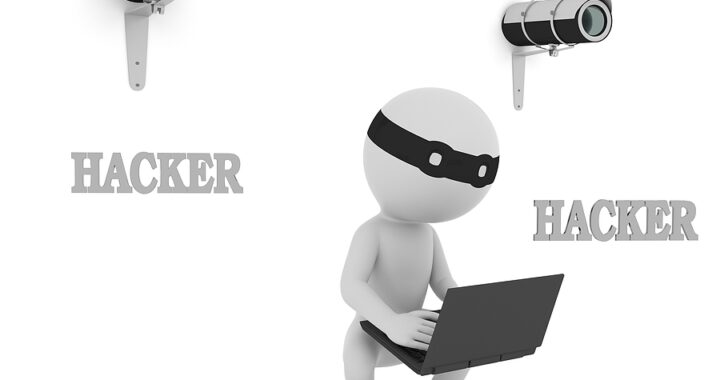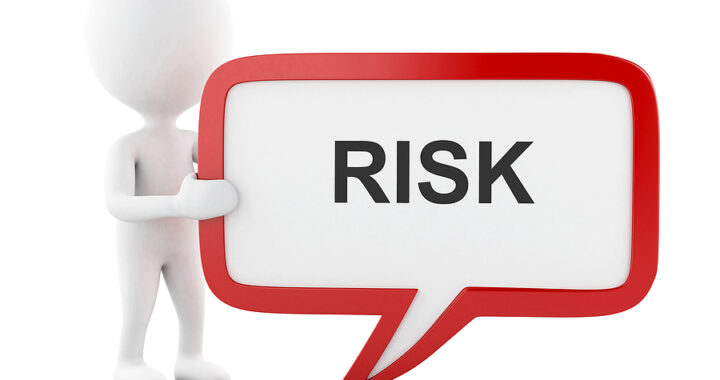It’s no secret that in the business world, time is money and expertise is the key to unlock success.
Like many of you, I’ve honed my craft (cybersecurity) to a fine edge over years, creating a unique blend of knowledge, experience, and insight.
I’m sure you’d nod in agreement that being an expert in your field is an accomplishment to be proud of.
Yet, as cybersecurity professionals, we often run into a peculiar roadblock.
Many Businesses treat cybersecurity like a do-it-yourself project, assuming that their limited knowledge trumps our seasoned expertise.
Why does this happen?
One reason is the classic ‘Dunning-Kruger’ effect, where a little knowledge can lead to overconfidence.
It’s like knowing how to change a tire and suddenly feeling competent to rebuild a car engine.
Cybersecurity is a complex landscape, continuously evolving, and it’s far too easy to underestimate its intricacies.
The reality is that cybersecurity isn’t a one-and-done task or a box to be checked.
It’s an ongoing commitment requiring specialized expertise.
Just like you wouldn’t ask your plumber to perform heart surgery, businesses should entrust their cybersecurity to dedicated professionals.
Because here’s the truth: good cybersecurity is like a high-quality, invisible armour protecting a business’s most valuable assets.
It’s an unseen, proactive shield that wards off threats even before they can cause harm.
But just like real armour, it needs an expert blacksmith to create, fit, and maintain it.
Businesses must understand that cybersecurity isn’t an area to cut corners or rely on half-baked knowledge.
It’s about safeguarding their future, their reputation, their bottom line.
And that’s where our expertise comes into play.
We are not just problem-solvers; we are the guardians at the gate, the watchers on the wall, the stewards of digital safety.
Our expertise is the key that can secure a business against the lurking dangers of the cyber world.
So, next time you encounter a business dabbling in DIY cybersecurity, remind them of the value of expertise.
Remind them that the cost of a cybersecurity incident far outweighs the investment in professional cybersecurity services.
Time and expertise, these are the currencies we deal in.
As cybersecurity professionals, our time and knowledge are invaluable assets, just like the businesses we protect.
Let’s continue to affirm that our expertise indeed trumps limited knowledge, for cybersecurity isn’t a game of chance; it’s a calculated strategy for success.










